Six weeks to cricket fast bowling fitness - a guide to managing workload
Pace Doctor | June 11, 2023
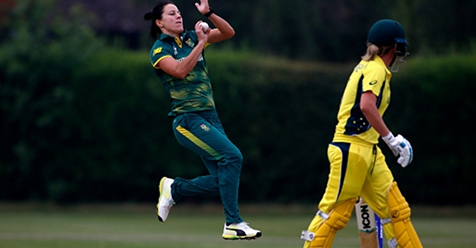
By Marc Portus and Stuart Karppinen
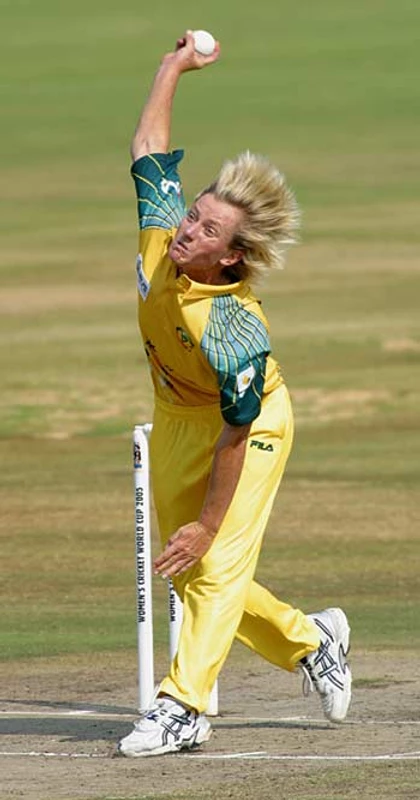
Being in excellent physical condition and using a sound bowling technique are both key, however, bowling workload management is particularly important at this time of year, when fast bowlers are starting to prepare for the regular club season. For those teenage fast bowlers preparing for underage tournaments where multiple games are played in a week-long carnival type format, its critical bowling workloads are planned properly. The research in cricket, and from other sports, clearly shows sportspeople get injured more often after a sudden increase in physical demands, be it a training spike or consecutive match loads, or a combination of both. Many of these findings have been considered by governing bodies when providing bowling workload guidelines for different bowling age groups. Here’s an example of youth pace bowling guidelines from Cricket Australia.
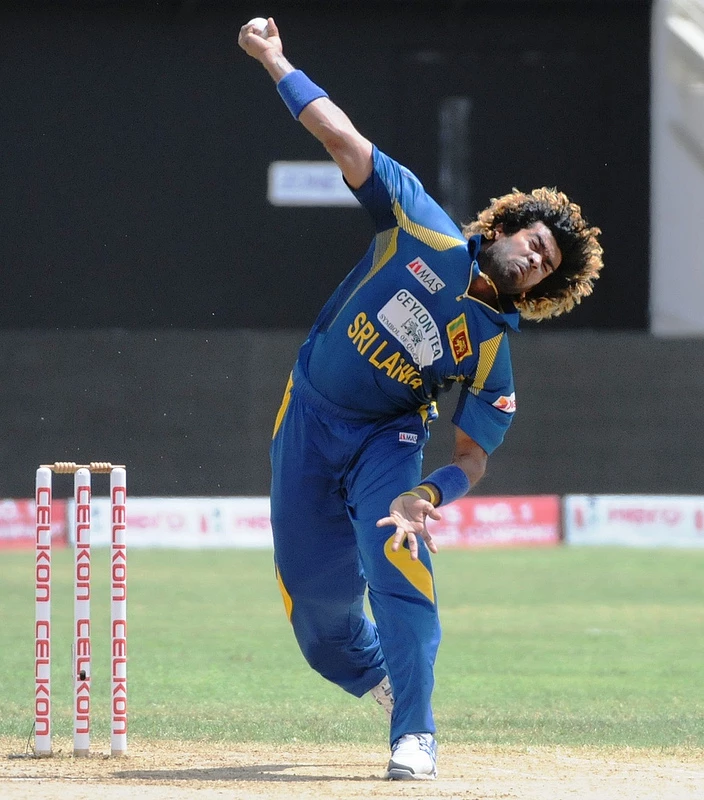
In the pre-season, its important several factors are considered to give the young fast bowler the best chance of being match ready when the season starts. In simple terms progressive overload is important, not bowling enough is a risk for injury, as is not getting enough ‘rest’ days. Rest days in this context refers to not bowling, however they are often good days for gym or other fitness work. Think of them as ‘bowling free days’, as opposed to resting from all physical activity or fitness work.
Progressive overload refers to the gradual increase of physical exercise where the body is stressed in a progressive manner over a period of time. In the context of a typical cricket pre-season, and in line with Cricket Australia recommendations for bowling pre-season, we will say this is six weeks. So, in practical terms this means do not go and bowl 20 overs in your first week of pre-season, when you have not had a bowling load anywhere near that in the weeks prior. The research shows the risk of injury increases significantly for the next few weeks if you do.
Importantly, rest is needed between bowling stints as you progress, to ensure the body has enough time to adapt to the new stress (i.e. bowling), recover and be stronger for the next time it needs to do it all again. This is a key concept of progressive overload, and it is also critical to the teenage fast bowler whose body is not fully matured and ‘match hardened’. Research suggests at least 1 day of rest between bowling stints is important, 2 or 3 are better. Sometimes this cannot be achieved, especially in underage tournaments, meaning the ideal preparation is even more important.
Fitness levels before bowling
Naturally enough it goes without saying that fast bowling is a physically demanding activity, therefore, good fitness levels are needed before you commence your pre-season bowling program. If you have been training hard in a football code in recent months for example, your fitness levels will probably be ok. If you have had a more ‘relaxing’ off-season, this 4-week running program with two sessions per week, is a good way to build up to the pre-season bowling program. We also suggest you pay attention to flexibility, leg and core strength, which we will blog about another time.
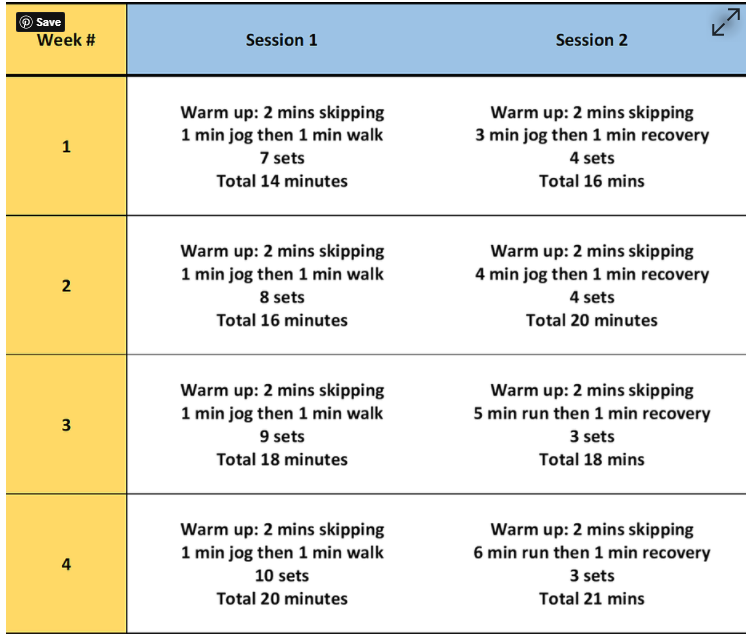
Table 1: Twice per week for four weeks jogging/running program as preparation for the pre-season bowling programs. Use this program if your fitness levels are low.
?
Below we provide two examples of a pre-season bowling program for teenage fast bowlers. We based these programs on bowling volume guidelines provided by Cricket Australia for U15 and U17 age groups, who recommend a 6 week build up to 100 -120 balls per week for U15’s and 120 -150 balls per week for U17’s. We have manipulated the bowling spell length and the amount of rest days throughout the program, to try and maximise recovery and allow optimal skill development. If you are older than these age groups, you can still use these programs as a good guide for your pre-season workload, ensuring you are best prepared for the cricket season.
The programs are just examples, they can be used as is, or they can be adapted to fit the specific needs of the bowler (e.g. balancing it with school, work or other sport demands). When adapting these programs ensure the ‘progressive’ nature of each weeks bowling load is not compromised, and ensure you get the rest days between bowling spells, especially in weeks 1 – 4 of the program, where the body will be working hard to adapt to bowling as a new physical stress.
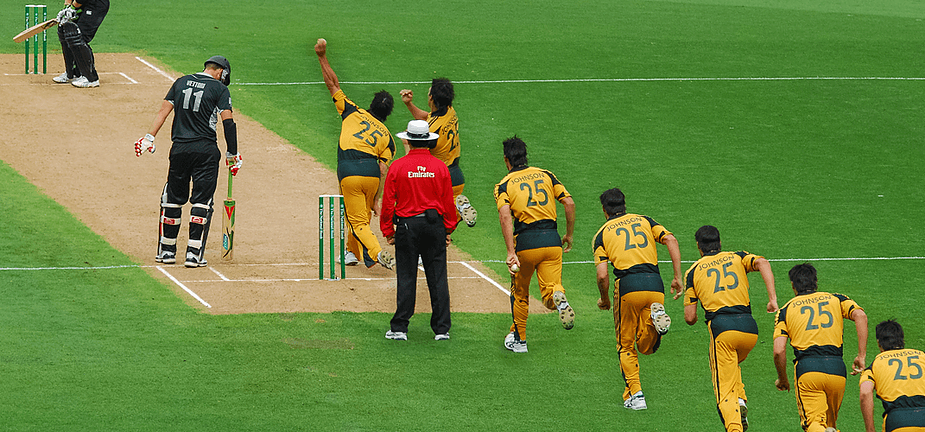
In these programs we use a metric called the ‘Acute Chronic Workload Ratio’ (ACWR) to provide a key indicator of the progression of the bowling workload. This ratio is a statistic from the years of research that has examined athlete workload patterns and its link to injury, across a range of sports. The Acute part of the ratio in this cricket context is the number of balls bowled in each week of the program. The Chronic part is the average bowling workload in the previous 21 days. We have used 21 days as this is only a 6-week program to get ready for the season, sometimes the Chronic part can be 28 days.
Generally, the research says that when the ACWR is above 1.5 the risk of injury increases significantly, as the current weeks (acute) workload is too high, given the (chronic) workload done in the weeks before it. There are a few different versions of this ratio, with the research most lately preferring using a weighted metric (the exponential weighted moving average or EWMA) that gives more weighting to the most recent workload than the older workloads, due to the noted ‘decay’ in fitness over the course of a season in sports.

Figure 1: The U-shaped relationship between the acute to chronic workload ratio and injury risk (from Bourdon et al, 2017; International Journal of Sports Physiology & Performance)
Given we are only focusing on a 6-week pre-season program here the exact nature of the ACWR doesn’t matter too much, ideally the bowler is working hard on fitness during this period too, so ‘fitness decay’ should not be a problem. If you do want to calculate the ACWR over the course of a season we would recommend using the EWMA version, as it weights recent workloads more and seems to be a more sensitive measure to injury risk over the course of a sports season.
Program 1: U15 Fast Bowler – 6 weeks to 96 deliveries
Cricket Australia guidelines state these bowlers should bowl 100-120 balls per week including training and matches. For the sake of this pre-season program we have made the target number of deliveries 96 in week 6, and thereafter the bowler should be prepared to bowl in the 100-120 delivery range from week 7 onwards. Each week the bowling spell length and the number of bowling spells have been manipulated to provide variable stresses to achieve the target number of deliveries per week. In terms of bowling intensity this is self-selectable, but we would encourage bowlers to be off the long run and feeling they are at 70% intensity or more in week 2 of the program.

Table 2: Six-week pre-season bowling workload program for U15 fast bowlers – 6 weeks to 96 deliveries in a week. A reasonable level of fitness is assumed to start this program (e.g. training for a football code, a program of running and strength work, or at least the running program provided in Table 1). Note in week 2 the ACWR is high at 1.67, meaning weeks 1 and 2 are relative high workloads to start, so quality rest, sleep and nutrition will be important. Numbers in the table under days are the number of deliveries to bowl.
Program 2: U17 Fast Bowler – 6 weeks to 114 deliveries
Cricket Australia guidelines state these bowlers should bowl 120-150 balls per week including training and matches. As per program 1, we have made the pre-season 6 weeks. Each week the bowling spell length and the number of bowling spells have been manipulated to provide variable stresses to achieve the target number of deliveries per week. Bowling intensity is self-selectable, but we would encourage bowlers to be off the long run and feeling they are at 70% intensity or more in week 2 of the program.

Table 3: Six-week pre-season bowling workload program for U17 fast bowlers – 6 weeks to 114 deliveries in a week. A reasonable level of fitness is assumed to start this program (e.g. training for a football code or a program of running and strength work). Note in week 2 the ACWR is high at 1.67, meaning weeks 1 and 2 are relative high workloads to start, so quality rest, sleep and nutrition will be important. Numbers in the table under the days are number of deliveries to bowl.
When preparing for the cricket season it is of course important to be working on fitness (aerobic base, speed, strength, flexibility) as well, plus make sure your bowling action allows you to bowl with speed, accuracy and reduced risk of injury. One final point to make is that you should use these bowling deliveries not just as an exercise to increase bowling volume, but also to work on the skill of fast bowling, such as hitting the right lengths, swinging the ball, bowling the right lines and developing new variations (another blog planned on this in the future).
Combine these factors with the pre-season bowling programs here and you should be well prepared to bowl with impact and be in good shape to reduce your chances of sustaining an injury due to poor preparation.
Unfortunately, these injuries happen too often.








